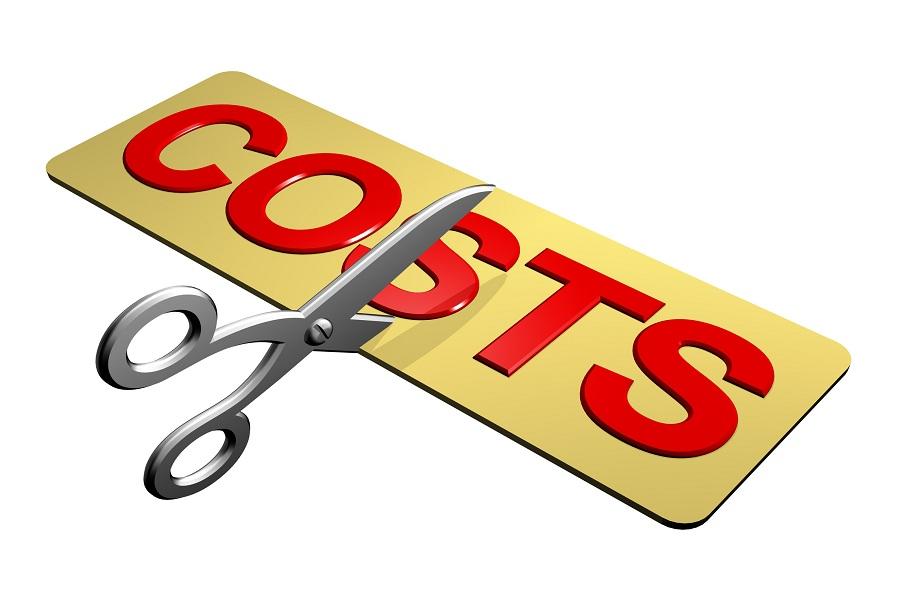Labor cost covers one of the major portion of the total cost of a product or job. It may increase unnecessarily due to inefficiency of workers, wastage of materials by workers, idle time, unusual overtime work and high labor turnover. Hence, the management should devise effective techniques for controlling labor cost to ensure maximum outputs of better quality at low cost through proper utilization of the labor force. Basically, management is concerned with controlling labor cost. Labor cost control involves such systems, procedures, techniques and tools used by the management in order to keep the labor cost of the product or job as minimum as possible. Labor cost control consists of a number of such regular activities which are carried on by various departments of the organization in a coordinated manner to ensure the availability of the best employees and their optimum utilization. It is the system followed by the Continue reading
Business Finance Terms
Labor Cost – Definition, Types and Importance
Like materials, labor is also one of the prime inputs of production system. All manufacturing concerns require the labor for carrying out their production activities. The labor consists of workers who are essential to convert materials into finished products. The workers operate machine and perform other tasks to help convert materials into final outputs. The labor can be either direct or indirect. The labor who is directly engaged in the conversion process is called direct labor and who is not is called indirect labor. The labor, however, should be properly utilized and satisfactorily paid in order to minimize labor turnover and labor cost. Unlike materials, labor is complex to deal with. Dissatisfied and discontented labor always results in high labor costs and low quality outputs. Therefore there should be proper planning, accounting and controlling of labor. Concept and Meaning of Labor Cost The payment made to the labor in exchange Continue reading
Capital Structure of a Company
The assets of a company can be financed either by increasing the owners’ claims or the creditors’ claims. The owners claim increase when the firm raises funds by issuing ordinary shares or by retaining earnings; the creditors’ claims increase by borrowing. The various means of financing represent the financial structure or capital structure of a company. The term capital structure is used to represent the proportionate relationship between debt and equity. Equity includes paid-up share capital, share premium and reserve and surplus (retained earnings). The company will have to plan its capital structure initially at the time of its promotion. Subsequently, whenever funds have to be raised finance investment, a capital structure decision is involved. Capital structure of a company refers to the mix of sources from where the long-term funds required in the business may be raised. A demand for raising funds generates a new capital structure a decision Continue reading
Concept of Bridge Finance
Bridge financing is a method of financing, used to maintain liquidity while waiting for an anticipated and reasonably expected inflow of cash. Bridge financing is commonly used when the cash flow from a sale of an asset is expected after the cash outlay for the purchase of an asset. For example, when selling a house, the owner may not receive the cash for 90 days, but has already purchased a new home and must pay for it in 30 days. Bridge financing covers the 60 day gap in cash flows. Another type of bridge financing is used by companies before their initial public offering, to obtain necessary cash for the maintenance of operations. These funds are usually supplied by the investment bank underwriting the new issue. As payment, the company acquiring the bridge financing will give a number of stocks at a discount of the issue price to the underwriters Continue reading
Receivable Management – Meaning, Significance and Purpose
Introduction to Receivable Management Receivables, also termed as trade credit or debtors are component of current assets. When a firm sells its product in credit, account receivables are created. Account receivable are the money receivable in some future date for the credit sale of goods and services at present. These days, most business transactions are in credit. Most companies, when they face competition, use credit sales as an important tool for sales promotion. As a sales promotion tool, credit sale enhances firm’s sales revenue and ultimately pushes up the profitability. But after the credit sale has been made, the actual collection of cash may be delayed for months. As these late payments stretch out over time, they may cause substantial drop in a company’s profit margin. Since the extension of credit involves both cost and benefits, the firm’s manager must be able to measure them to determine the ultimate effect of credits sales. In Continue reading
Financial Derivative Types: Swaps
Swap is yet another exciting trading instrument. In fact, it is a combination of forwards by two counter-parties. It is arranged to reap the benefits arising from the fluctuation in the market — either currency market or interest rate market or any other market for that matter. Features of Swap The following are the important features of swap: Basically a forward: A swap is nothing but a combination of forwards. So, it has all the properties of a forward contract discussed above. Double coincidence of wants: Swap requires that two parties with equal and opposite needs must come into contact with each other. As stated earlier, it is a combination of forwards by two counterparties with opposite but matching needs. For instance, the rate of interest differs from market to market and within the market itself. It varies from borrowers to borrowers due to the relative credit worthiness of borrowers. Continue reading

